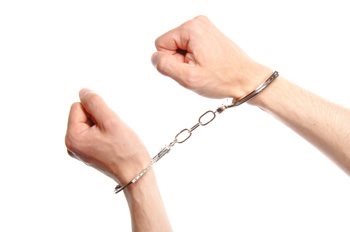Lancaster County Jail
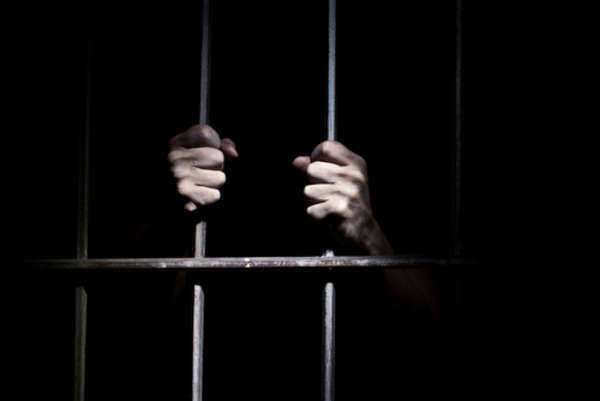

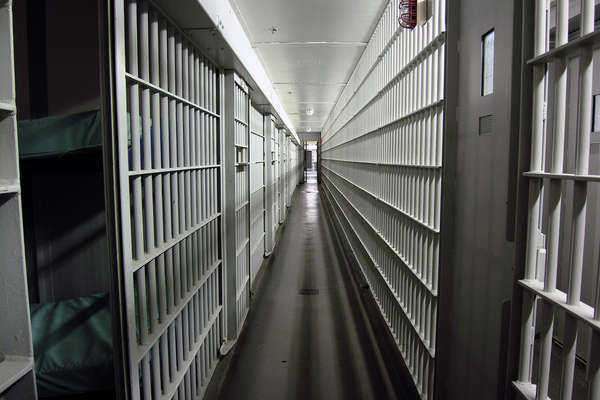
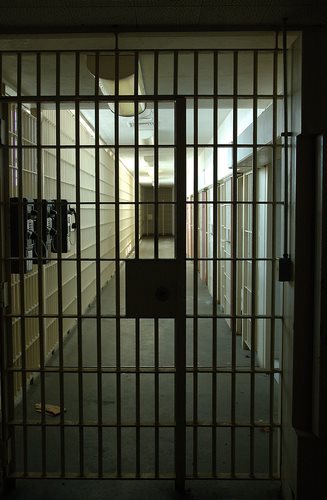
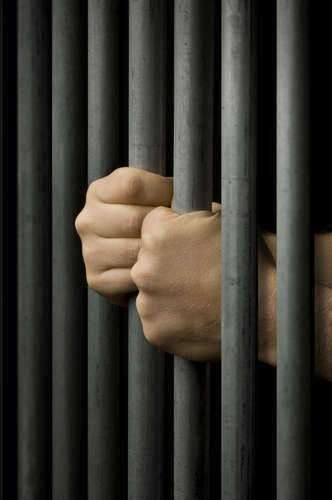

The Calipatria state prison is one among the many male only state prison facilities in California. It is located in the city of Calipatria, California, within Imperial County. The Calipatria State Prison facility first opened its doors in 1992, less than two years before the Centinela State Prison would open, which is also located in Imperial County. The Calipatria State Prison is often times referred to as the lowest prison in the Western Hemisphere, due to the fact that it is situated at approximately 184 feet below sea level. The original design for Calipatria State Prison was meant to hold a maximum of 2,200 inmates, though current population numbers are at about 4,200 prisoners housed in the facility. The staff consists of over 1,100 and has an annual budget of about $123 million.
The facility sits on over 1,200 acres, with the prison itself occupying about 300 acres. The Calipatria State Prison is classified as a minimum to maximum security level complex, covering the entire spectrum in terms of the types of criminals that can be found on its premises. More than 2,000 of its housing units are dedicated for inmates that are qualified as maximum security risks, which means that there are fenced or walled perimeters, electronic security measures, and armed security staff at all times. The minimum security facility consists of open dormitories with a fenced in perimeter. One of the interesting features of the Calipatria State Prison is the fact that there is a $1.5 million dollar electrified fence system, which actually causes instantaneous death when touched, which is meant to deter inmates from escaping.
The Calipatria state prison is one among the many male only state prison facilities in California. It is located in the city of Calipatria, California, within Imperial County. The Calipatria State Prison facility first opened its doors in 1992, less than two years before the Centinela State Prison would open, which is also located in Imperial County. The Calipatria State Prison is often times referred to as the lowest prison in the Western Hemisphere, due to the fact that it is situated at approximately 184 feet below sea level. The original design for Calipatria State Prison was meant to hold a maximum of 2,200 inmates, though current population numbers are at about 4,200 prisoners housed in the facility. The staff consists of over 1,100 and has an annual budget of about $123 million.
The facility sits on over 1,200 acres, with the prison itself occupying about 300 acres. The Calipatria State Prison is classified as a minimum to maximum security level complex, covering the entire spectrum in terms of the types of criminals that can be found on its premises. More than 2,000 of its housing units are dedicated for inmates that are qualified as maximum security risks, which means that there are fenced or walled perimeters, electronic security measures, and armed security staff at all times. The minimum security facility consists of open dormitories with a fenced in perimeter. One of the interesting features of the Calipatria State Prison is the fact that there is a $1.5 million dollar electrified fence system, which actually causes instantaneous death when touched, which is meant to deter inmates from escaping.
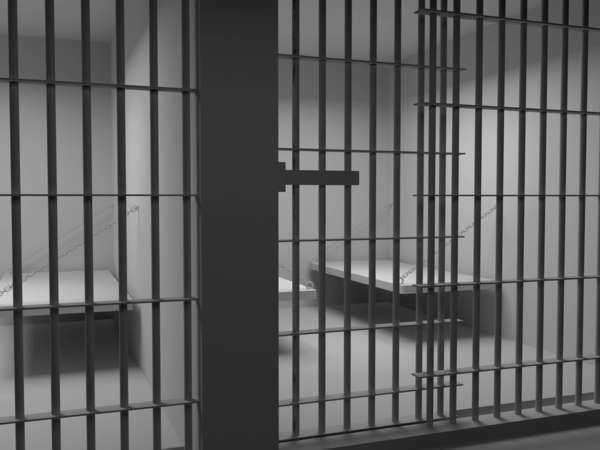

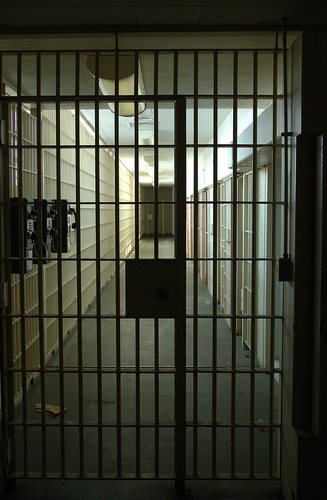
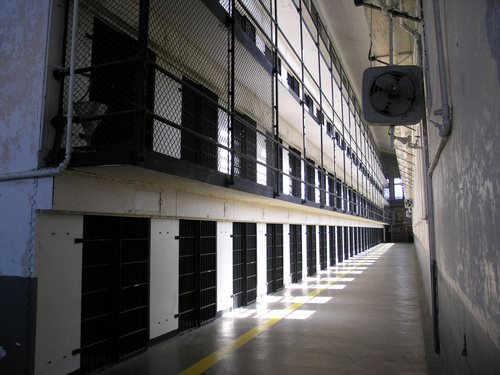
The New York State Prison System is administered and controlled by the New York State Department of Correction Services. the NYSDOCS is in charge of a total of 71 correctional facilities, which currently hold nearly 63,000 inmates and prisoners.
A total of 31,300 make up the staff of the NYSDOCS, with about 23,000 being correction officers. The headquarters for NYSDOCS is located in Albany, New York, and is currently in charge of the fourth largest prison system in the United States.
Two of the most well-known state prisons in New York are Rikers Island and Attica Prison. Rikers Island is the main jail compound in the city of New York. Rikers Island is located on the East River, between the boroughs of Queens and the Bronx. Rikers Island opened its doors in 1932 and the facility is considered to be a temporary housing complex, which consists of a total of ten jails.
Offenders are held here while awaiting trial, cannot post bail, are waiting to be transferred to another state facility, or are serving a year or less of incarceration. The average inmate population is about 14,000, though it can be as high as 20,000 on any given day, including staff.
Attica Prison is located in the town of Attica, New York, and opened its doors in the 1930s. It is currently considered to be a maximum security penitentiary with an all-male population. It has been known to house some of the most notorious criminals in the history of New York State, including David Berkowitz, the serial killer that was dubbed as the Son of Sam. If you need legal advice and assistance, contact New York lawyers.
